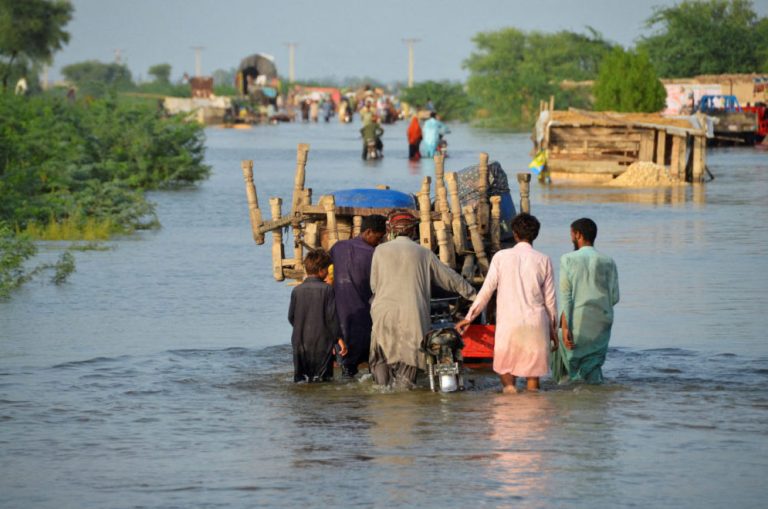In August 2022, Pakistan was struck by the worst flooding in its history. At least 1,900 people were killed, millions more were forced to flee their homes, and billions of dollars in damage was caused by the floods and their aftermath. The floods also had dire effects on Pakistan’s economy, as agriculture was disrupted and agricultural workers lost their jobs and had no money to buy food or any other necessities. This article looks at how Pakistan has been affected by the floods since August 2022.
Why were there floods?
Experts think that two of the primary causes for this were due to increasing heat and depletion of groundwater. Bangladesh also had an unusually high amount of rain that caused large amounts of water to flow over into neighboring countries like Pakistan. Other factors such as deforestation and climate change could have been contributing factors as well, but these are more difficult to trace since there are many different factors. It is possible that heavy rains caused by climate change altered when rivers flowed and increased run-off, which eventually led to flooding downstream during high temperatures.
The effects on the economy
As of now, it is still unclear how the recent floods have impacted Pakistan’s economy. However, in a nation where agriculture accounts for a quarter of GDP and two-thirds of jobs and more than one-third of export revenues, the effects may be devastating. With crops ruined and supplies disrupted, there are reports that livestock deaths have increased due to lack of grazing ground. Further exacerbating these economic issues is the rampant spread of infectious diseases.


How charities help
Charities that have been working to provide relief from this tragedy include UNICEF, Save the Children, Mercy Corps, Islamic Relief USA, Oxfam America and many more. These organizations often send volunteers to distribute food and other relief materials or offer medical care or child-friendly spaces for people to rest and recover. Although these organizations are doing everything they can, relief work is becoming harder as areas become cut off. Relief workers are at risk of violence as well.
Other ways to help
- Volunteer with International Medical Corps
- Teach a class at schools abroad or help tutor underprivileged children
- Give school supplies to those displaced by flooding, many schools are running on not enough resources to support children learning
- Sponsor relief for a family for $35/month
- Donate funds so that families have safe drinking water, food, shelter and other essentials like hygiene kits and protective clothing 6. Support Save the Children’s Safe Drinking Water and Basic Sanitation Project which aims to give more than 60 million people access to clean water and sanitation over five years







